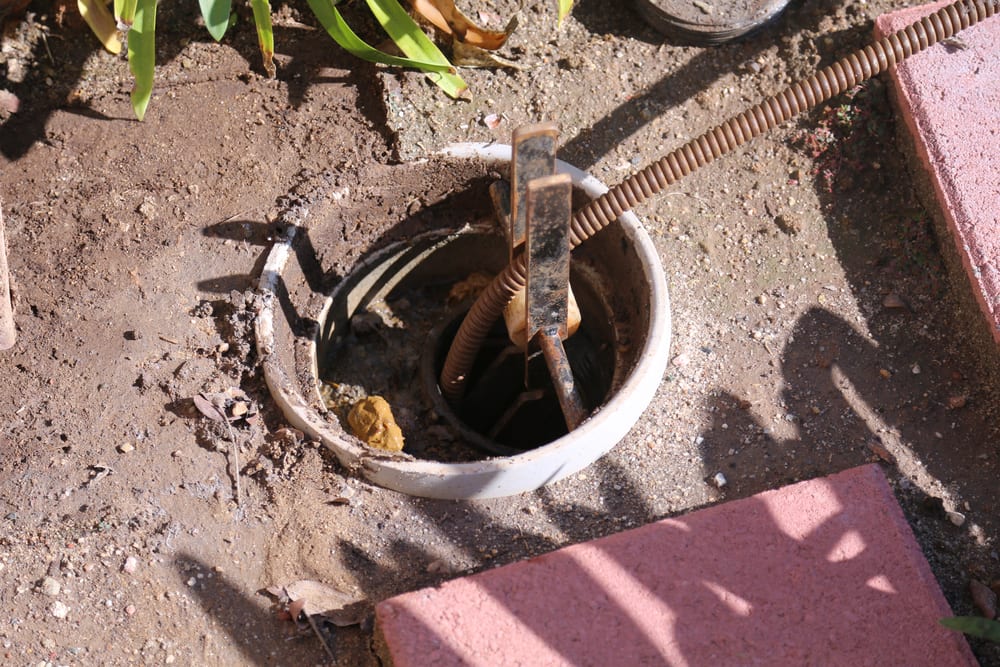
While you may not think about the sewer pipes beneath your property, they play a critical role for daily tasks such as washing the dishes, bathing, laundry, and cooking. Once a sewer backup begins to form on your property, you will not be able to use fixtures or appliances such as your kitchen sink, shower, washing machine, and bathtub. From grease, food, tree roots, to soap scum, there are a variety of issues that may cause a main sewer line clog in your house. If you are unable to use your sinks or appliances, we have created a list of 4 ways to fix a sewer backup to help you restore the flow of water to your kitchen or bathroom.
Table of Contents
How to Fix a Sewage Backup in Your Yard
Trenchless Pipe Repair & Replacement
If you have a sewer backup or other types of issues on your property, you may be afraid to call a licensed technician to perform the necessary repairs due to stories you have heard from friends, family, or neighbors. In fact, a large majority of homeowners hesitate to fix a sewer backup because they believe it will cause damage to their lawn, yard, and sidewalks. While this may have been true in the past, the latest advancements in trenchless technology make it easy to repair or replace a damaged sewer line.
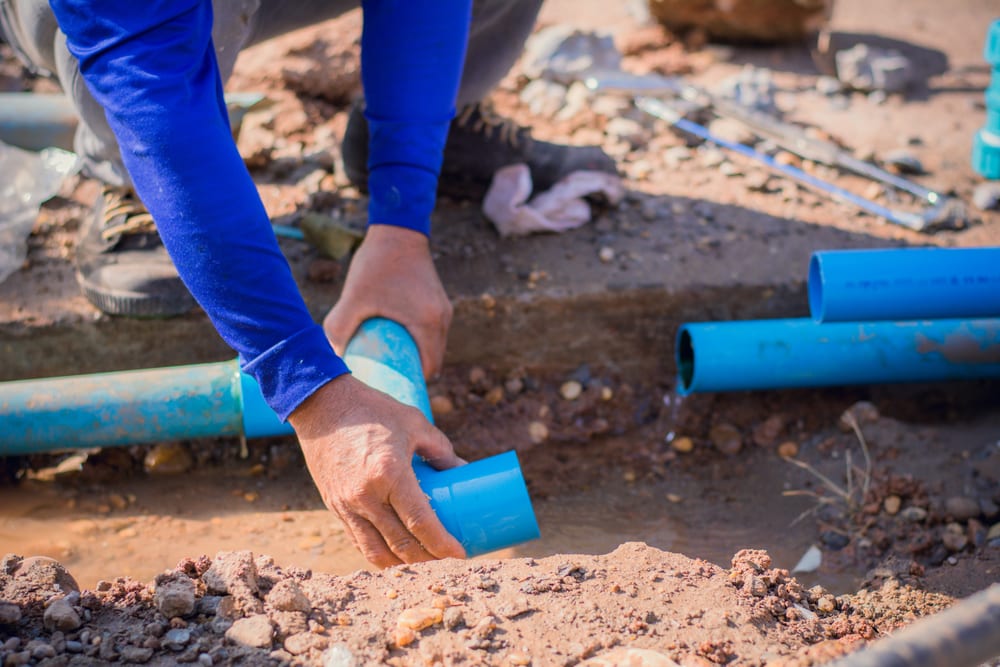 Pipe Bursting Trenchless Pipe Repairs
Pipe Bursting Trenchless Pipe Repairs
The two most common types of trenchless pipe repair are pipe relining and pipe bursting. To perform a pipe bursting project, a licensed plumber will dig two small holes in your backyard on each side of the sewer line backup. Next, a new sewer pipe is installed on the interior of an old line to fix the sewage backup on your property. Once the new sewer pipe is installed, the old pipe is demolished. The new pipe will fill the empty space left by the old sewage pipe.
Pipe Lining Trenchless Pipe Repairs
Pipe lining is a type of trenchless pipe repair that consists of installing a pipe liner on the interior of a clogged or damaged sewer line. Since the old sewer pipe does not need to be removed from the ground, this is a quick and easy way to fix a sewer backup on your property. Unlike the pipe bursting method, only one hole will need to be dug in your backyard to install the flexible pipe liner.
Tips & Insights: 10 Pros & Cons of Buying a Heat Pump System
Once the pipe liner is inserted into the ground, it is inflated to fill the diameter of the old sewer line and fix the sewer backup. Since this type of trenchless pipe repair includes inserting pipe liner, the interior of your existing sewage pipe will be decreased by a quarter of an inch. Once the pipe liner is installed, the flow of water and sewage from your home will be restored.
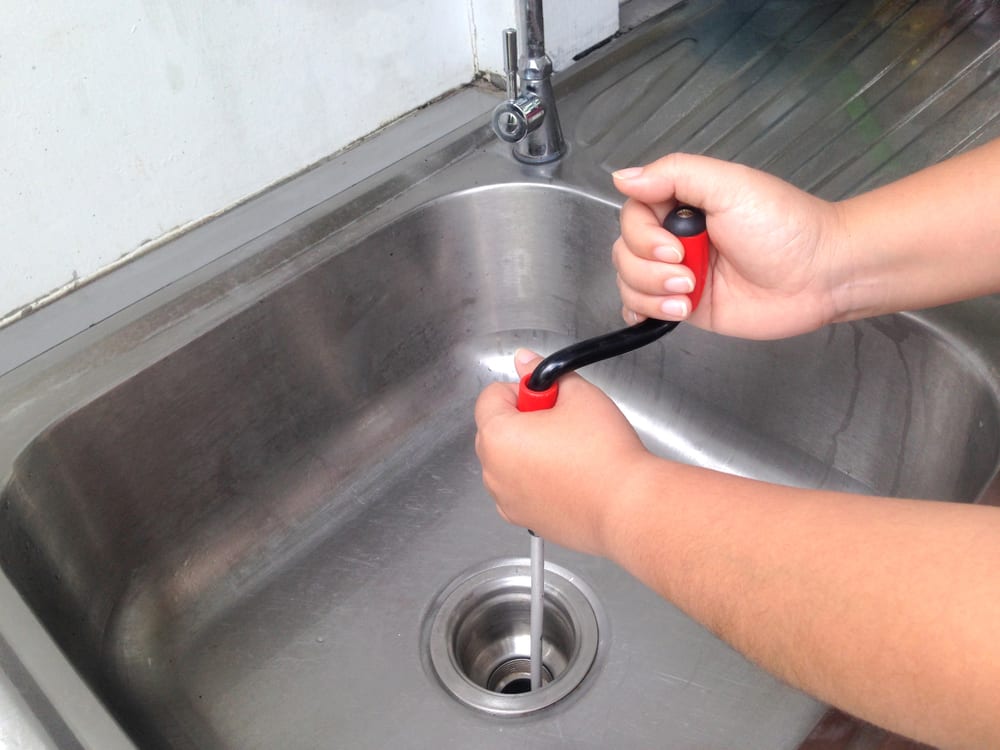 Drain Augers or Snakes
Drain Augers or Snakes
If you have a clog in your main sewer line, a certified technician may decide to use a drain snake to remove the blockage. A drain snake is a flexible motorized cable that is inserted into a pipe to break apart an object. Drain snakes are also referred to as augers by licensed plumbers in the industry. An auger is usually powered by a motor or may be mounted to a commercial truck.
Hydro Jetting
A fast and easy way to flush objects down a drainage line is hydro jetting. This method consists of utilizing a high-pressure water jet to break apart roots, grease, oil, and toilet paper. Although it may be possible to rent a water jet from a local hardware store to eliminate clogs, we recommend hiring a licensed plumber to fix a main sewer line clog. When a water jet is used incorrectly, it may cause your sewage pipes to crack or become damaged.
Sewer Camera Inspections
A certified plumber may choose to perform a drain camera inspection to diagnose a sewer line backup if they are unable to fix the clogged sewer line with a drain snake or hydro jetting equipment. This is a small camera that is inserted into your sewer lines to detect cracks, holes, and blockages. If your plumber discovers a large hole or a collapsed sewer line, he or she may choose to perform a trenchless pipe repair or replacement to fix the sewage backup.
Top 3 Causes of Sewer Backups on Residential Properties
Flushing Food & Objects Down the Drain
An ordinary cause of sewer backups includes blockages from materials and objects such as hair, oil, soap scum, toilet paper, coffee grounds, cotton swabs, and toys. If you have infants in your house, we recommend closing the toilet lid to prevent them from flushing dolls, miniature cars, balls, and other types of toys down the drain. Clogged drains and toilets can be easily fixed with tools such as drain snakes, plungers, and chemical drain cleaners. On the other hand, if each of the drains in your household are clogged, this is an indicator of a problem with your main sewer line.
The only way to prevent a main sewer line clog is to flush the appropriate objects down your drain. For example, do not flush hot grease down the drain while you are washing dishes. Although it may seem harmless to flush grease or oil down the drain, it will become stuck on the interior of your drainage pipes in your sewer system. This will eventually create a sewer line backup and you will be unable to flush water, soap, and food scraps down your kitchen sink.
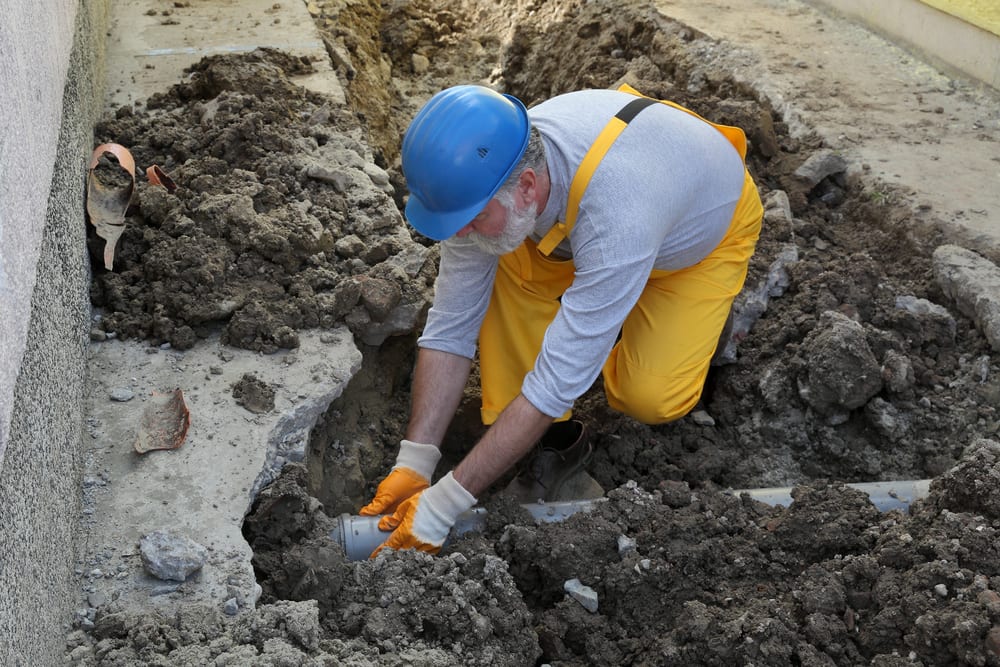 Collapsed Sewer Pipes
Collapsed Sewer Pipes
If you live in an old house, a clogged sink, toilet, or shower may be a sign of a collapsed sewer pipe on your property. Older properties and houses were built with cast iron and clay pipes. Once these sewage pipes reach the end of their life cycle, they may begin to collapse or crack. The easiest way to fix this issue is to hire a professional plumber to perform a trenchless pipe replacement or repair.
Tree Root Growth
As the sewer lines beneath your lawn become older, cracks and holes may start to form. As a result, excess water and sewage will begin to leak. If you have a tree near a pipe in your backyard, it will become attracted to the moisture and nutrients from the sewage leak. As a result, the tree roots will start to grow towards the sewer line.
Once a tree root reaches the sewer line, it is able to gain access to the interior of the pipe through a crack, hole, or damaged joint. Although it may seem obvious to plant trees far away from pipes to prevent main sewer line clogs, the location of your trees will not always prevent sewage backups on your property. Unfortunately, roots from a tree in your neighbors yard are able to grow and infiltrate your sewer lines. Once your sewer lines are filled with tree roots, the only way to restore the flow of water is to remove the roots and repair or replace the sewer pipes.
Tips & Insights: How to Remove & Replace a Furnace Limit Switch
What Types of Trees Should I Plant to Avoid a Sewer Backup?
To avoid a sewage backup on your property, we recommend planting trees at least 10 feet away from your sewer lines. On the other hand, there are various types of trees that you can purchase to reduce the risk of clogged sewer lines and sewer backups. If you have a small yard, we recommend planting types of trees such as ginkgo, maple, smoke, dogwood, or crabapple. These tree species have less intrusive roots that grow slowly. Main sewer line clogs are more common on properties with cottonwood, ash, sycamore, poplar, and oak trees due to intrusive root structures and fast growth.
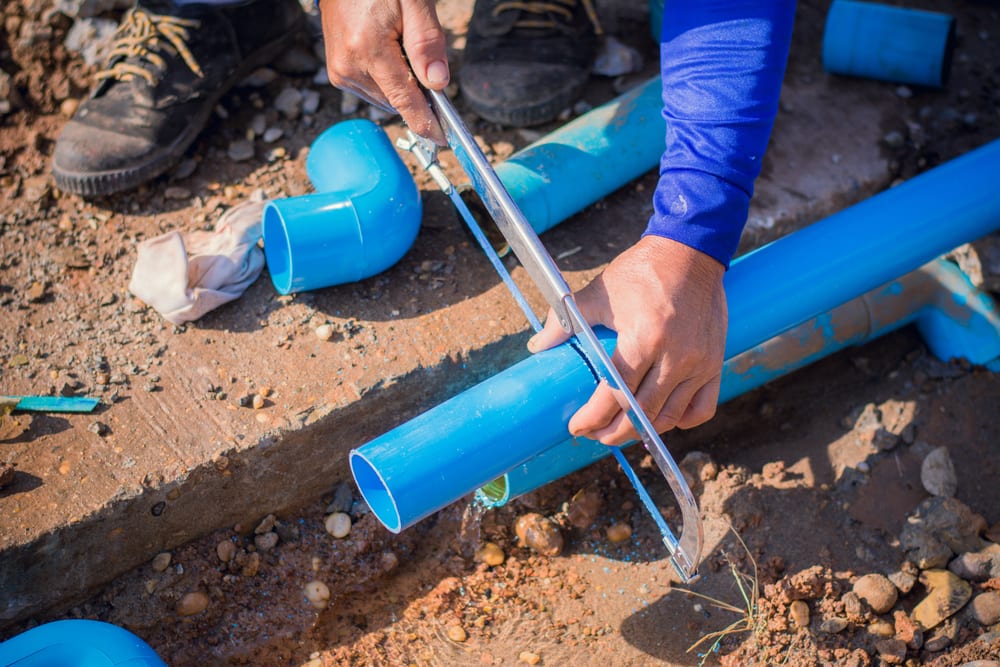 Sewer Line Repair & Plumbing Services
Sewer Line Repair & Plumbing Services
If you’re having an issue with a clogged sewer line, give our team a call by phone at (904) 217-5694 to receive help. The team of certified technicians at Fenwick Home Services offers sewer line repair, installation, and replacement services to homeowners in Jacksonville and other areas of Florida. We also offer plumbing repair services for malfunctioning water heaters, cracked water lines, broken water softeners, and gas leaks. Our team is available 24 hours a day to help you with a plumbing, heating, or air conditioning issue. Fenwick Home Services has been providing dependable plumbing and HVAC solutions to Florida residents since 1969.

